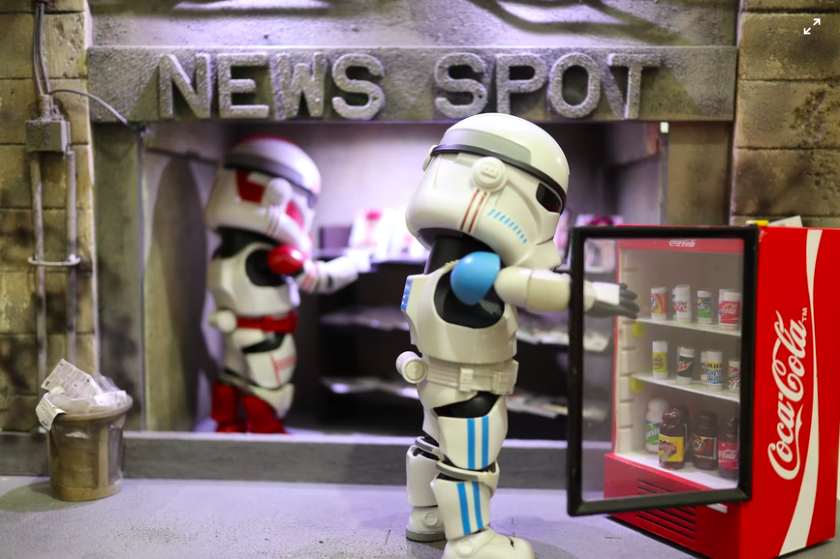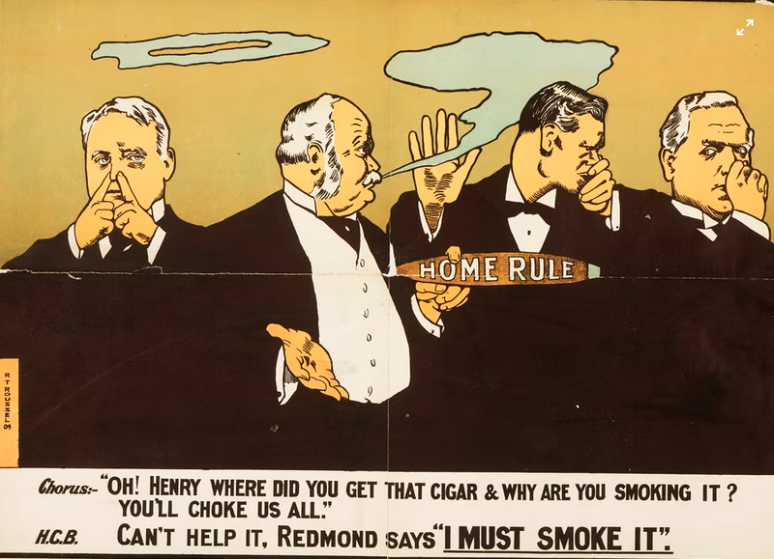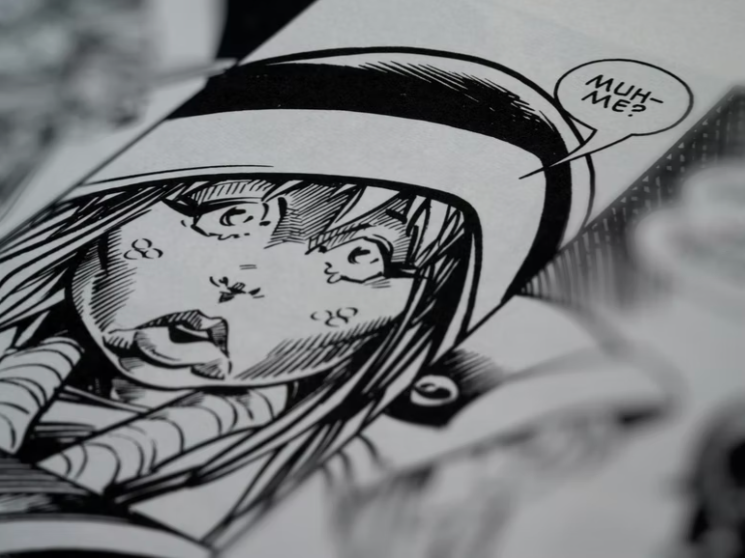A few weeks ago, Dan Brown asked this question on Twitter—”What is your go-to playbook for IA?”. Whether I am working on a UX or design project, or a content strategy or product marketing project, information architecture (IA) is the default schema in my digital work.
I thought about Dan’s question. I often start my project with two activities in parallel in my mind:
- stakeholders’ mapping—chalk out the communication flow in the org’s leadership
- brand vocabulary—how leaders in product, marketing, sales, support, design discuss their work
However, there is something else that has always worked for me in all IA work. I start with the message and for me every structure or model or hierarchy is about designing the foundations of the message.
In every project, I run caption contests in the early days of the product work. My focus is to identify and discuss and build the vocabulary and the sentiment for the brand message and the product vision. The goal is to get into the message momentum before anyone in the team starts thinking about their role.
How I plan the activity
I write three most important product stories, for my own reference. If we have user research insights, I write the three stories in the customers’ natural language.
For each story, I need a corresponding picture and I know whether I can draw these on board, or I need to find these images on Unsplash (see an example that I used in this post as well).
I invite the team and share the details including the expected goals of the activity. Sometimes, I share the organization’s key positioning and the product vision (either or both of these two) with them.
In the activity, I share the three pictures, one for each story. Either I draw it in their presence, or I use the Unsplash images on a screen.
The participants need to write captions for each picture, in the customers’ natural language. They know that the three captions when combined should communicate something about the product’s core vision. They cannot add any comments or notes for the captions—only ten words for each image.
Our gains from the exercise
- The team learns to identify the product via visual stories—visuals stay with them longer and these strengthen their product sense.
- They identify the gaps in how each of them craft the story in customers’ natural language—it helps them to unify the message. A unified message is getting started for any structure in an information architecture or design project.
- The team learns to connect the dots of key product stories—it gives them the confidence about the product scope and vision.
- It prepares all of us to make sure that the message and product vision are engraved in all the corners and surfaces on anything that we use to get started in IA. I wrap up the activity by talking about the product and the organization as a system itself.
This message stays with the team while designing the interactions that live in the content hierarchy.



Here is Dan’s tweet if you want to see all the replies and comments. It is an interesting discussions for all designers, content strategists, and content designers.
Caption contests. I draw 3-4 core story pictures and the team plays caption contest—describe the stories in ten words by using the natural language product vision.
— Vinish Garg(@vingar) March 23, 2022
—
This topic is part of my advanced course in product content strategy, content design, and UX Writing. See the course details for how we can find and add more meaning to our work.
